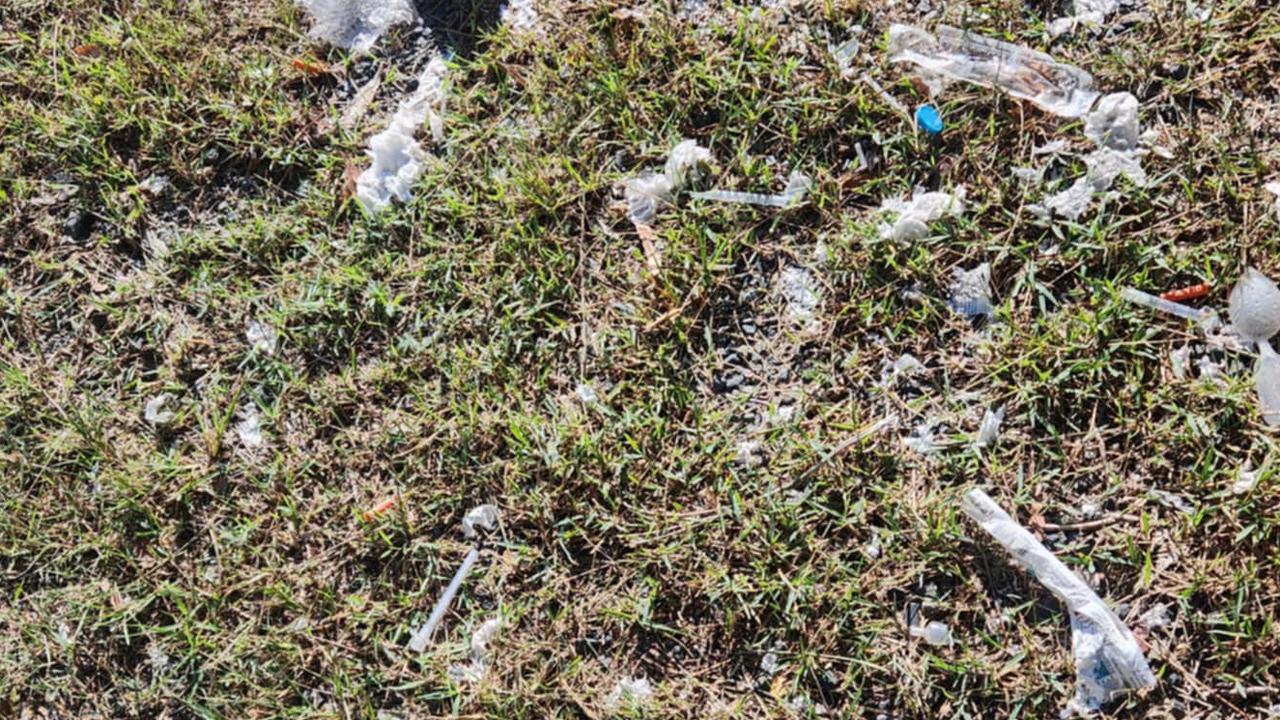Sustainable choices for earth's future
'The idea has been to hand on the benefits of modern living, so we need to do something to reduce, and hopefully stop and reverse, this trend.”
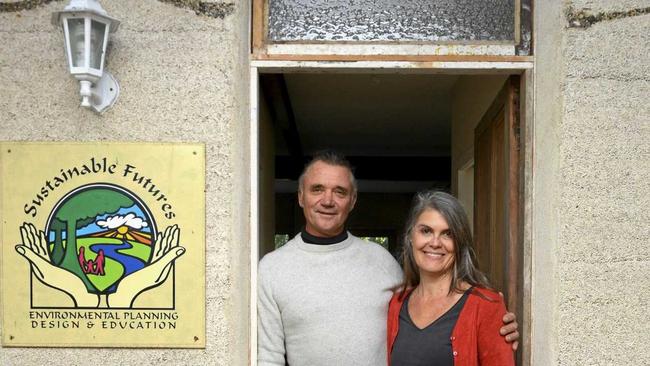
Grafton
Don't miss out on the headlines from Grafton. Followed categories will be added to My News.
IF SOMETHING doesn't change, there won't be a future for our children, according to Maclean residents Peter Cuming and Dr Elizabeth Bragg.
Their sustainable development project in Hoschkes Lane, Maclean is their small contribution to show how to reduce pressure on the world's resources.
Mr Cuming likened the amount of resources people use across the world to a debit card - putting money on the card, spending it all, and living off the overdraft.
"We are now handing that debt on to future generations, our children and grandchildren to deal with," he said.
"It hasn't been deliberate, as the idea has been to hand on the benefits of modern living, so we need to do something to reduce, and hopefully stop and reverse, this trend.
"With almost eight billion people here, there is an urgency about this now across the world.
"Knowing that, we all have to do something. In the Clarence Valley, in Maclean, we have to do our bit."
With an extensive backgrounds in sustainable development, urban and regional planning design and education, Mr Cuming and Dr Bragg felt they were ideally suited to design and contribute to improved sustainability with their development Jagera.
"What we are doing is innovative here, however, it's tried and true in many other urban and rural areas. We wouldn't want to do this, with all our experience, unless we knew it was going to work here," Mr Cuming said.
He said Australia was moving towards having more people living in urbanised areas, so it was time to adjust how developments are designed and built in urban areas to be more sustainable.
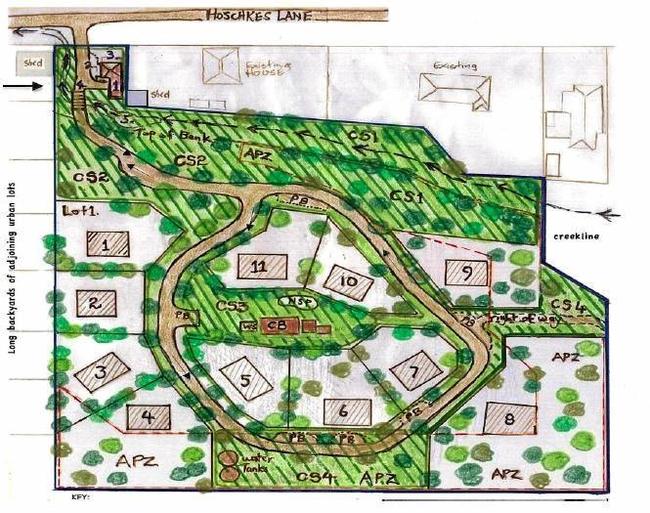
High demand for resources
The demand for the resources we use on a daily basis is high, and the supply is running out, according to Mr Cuming.
"It is estimated we're using the equivalent of 1.7 earths as a planetary community in terms of our ecological and carbon footprint. We are on a trajectory towards using two earths in the next 20 years. This isn't sustainable and we need to actively do something to reverse this dangerous trend," he said.
"We have the technological capacity and the understanding of how to enjoy a good-quality living environment without it costing the earth."
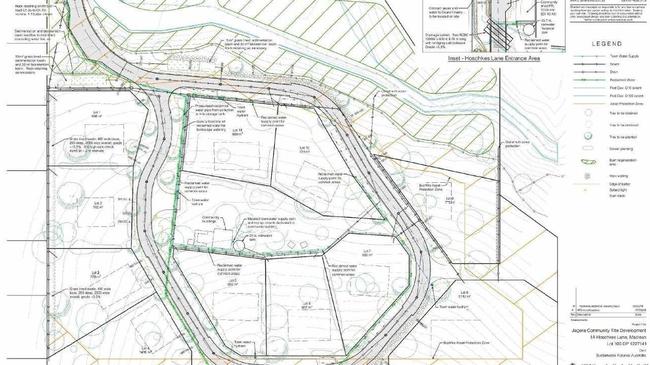
Electricity, water and sewerage
Jagera has been designed with a number of features that reduce the pressure on the Clarence Valley's sewerage, water and electricity network.
This is in line with Clarence Valley Council's Sustainability Initiative.
Jagera will be connected to the systems, but substantially reduce demand on them, according Mr Cuming.
"Collecting and using rainwater, installing water-efficient appliances, taps and supply systems, and the use of waterless toilets, greatly reduces home water use overall. Re-use of approved greywater and stormwater systems for landscaping using local native plants reduces demand for water further," he said.
"A 30,000-litre water tank gives us about about 99.5 per cent security based on 100 years of rainfall data in the community and modelling taking into consideration climate change."
In Jagera, every house will have water tanks and have a required roof area to aid in water collection and storage.
"At the moment it's harder to do that with conventional urban development," Mr Cuming said.
"Under the Jagera strata neighbourhood plan connected to the title of each lot, which can be bought and sold on the open market, residents commit to being a part of that."
Reticulated water will be supplied to the property for four hydrants positioned in the development, which will also mean houses can be connected to reticulated water if they need or want to be.
Dr Bragg said similarly the electricity and sewerage systems would be connected to existing networks.
The small amount of liquid waste generated by the dry toilet systems will be directed into the council system.
It is estimated to result in 80 per cent less liquid or hydraulic load and up to 30 per cent fewer nutrients going into the system.
They look like normal toilets, and use an internal composting process with a solar fan that removes any odours.
Mr Cuming said they will be monitoring their system and collecting data for council and other governments and organisations.
Jagera will use solar power as many others are doing now in the Valley. Every house will have rooftop solar panels connected to the grid.
Options exist of having a micro-grid with centralised batteries, or individual storage batteries at each house.
"Essential Energy has given approval for the proposed approach. They are designing systems that provide and manage power in local areas using substations and computer technology. This reduces costs and inefficiencies of the system, including loss of power," Mr Cuming said
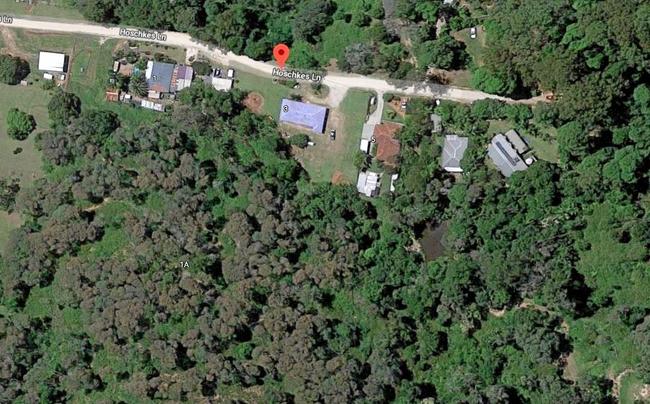
It's hard to be first
"People can be uncertain about change," Dr Bragg said.
"They need to be know that new ways to do things are beneficial to, and fit with their existing lifestyles.
"Using traditional practices in new ways like collecting and filtering our own rainwater, harvesting the sun for power using new technologies and building housing using sustainable materials are not going to impact, but rather enhance our present communities."
Mr Cuming and Dr Bragg said they believe the first development of this kind is the right step forward for the Valley.
"We know Council, government agencies, universities, and development industries are very interested, and will benefit from this," he said.
"We are interested in it as professionals, and because we live this way now and know it works."
This DA will go before Clarence Valley Council on June 26.
Originally published as Sustainable choices for earth's future


